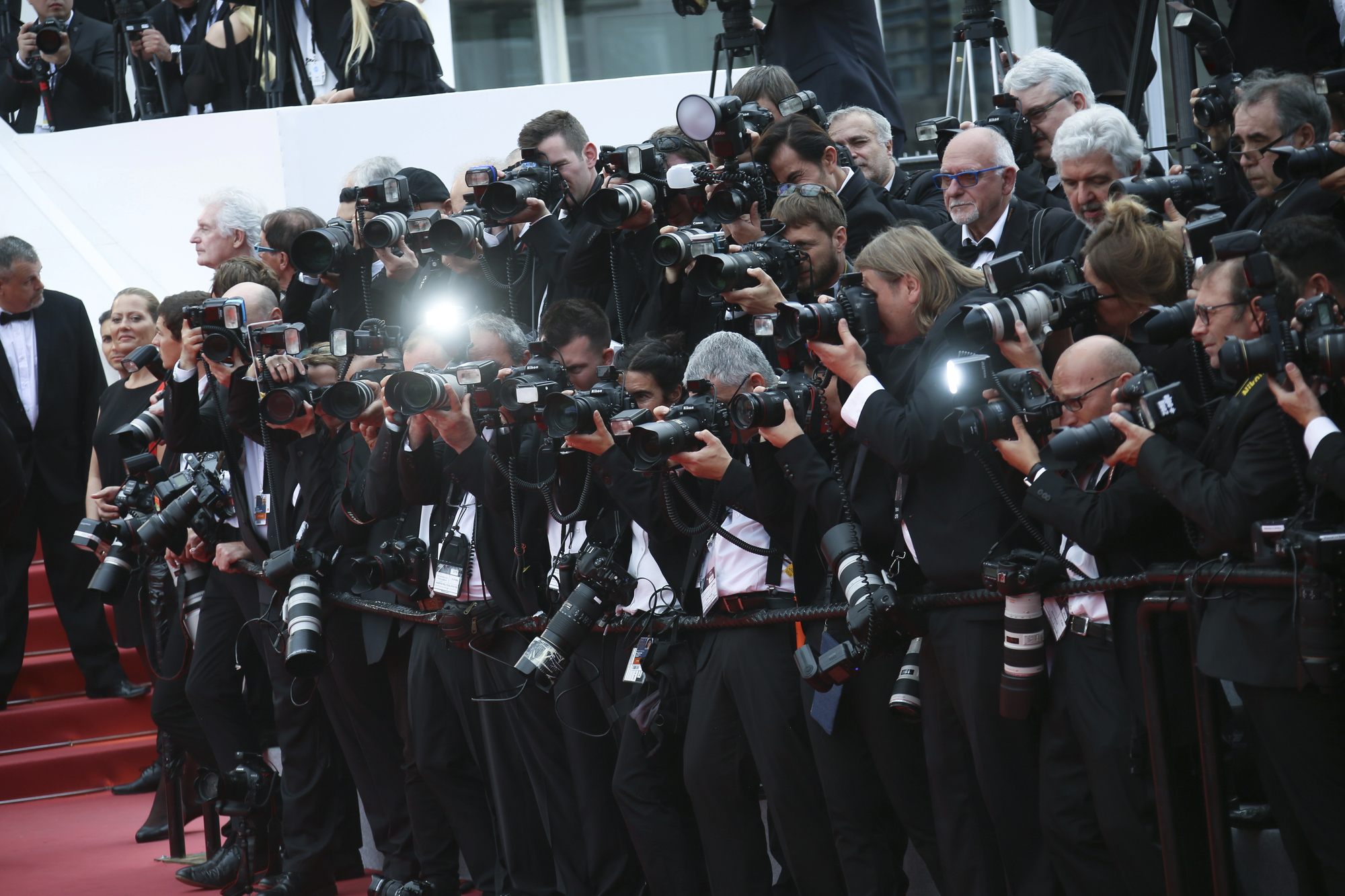Epic Landscapes or Urban Icons? What Wins at the LMGIs and Why It Matters for Bettors

The Location Managers Guild International (LMGI) Awards celebrate the creative and logistical genius of finding the perfect backdrops that transport audiences, define characters, and drive narratives. For film aficionados and savvy bettors, a key question emerges: is there a winning formula? Do the sweeping vistas of epic landscapes hold more sway with judges than the gritty, character-filled streets of urban icons? And more importantly, can these insights offer an edge in the world of film awards betting?
The Contenders: A Tale of Two Terrains
The battle for top honors at the LMGIs often boils down to two distinct categories of location excellence. On the one hand, we have the epic landscapes: the vast, breathtaking settings that dwarf the characters and evoke a sense of awe, adventure, or isolation. The locations are often characters in their own right, their natural grandeur shaping the story’s scale and tone. When a film’s plot demands a sense of the immense, the untamed, or the primordial, location managers find these stunning natural canvases to tell the story.
On the other hand, urban icons offer a different kind of immersion. These are the bustling cityscapes, the historic alleyways, and the specific, recognizable buildings that ground a film in a tangible reality. These locations pulse with human history and energy, their architecture and atmosphere reflecting a film’s themes of power, intrigue, or romance. Finding the perfect street corner or building that feels both authentic and cinematically powerful is a unique and celebrated skill.
The Winning Formula: Story is King
When looking at the history of the LMGI awards, a clear pattern emerges, but it isn’t a simple victory for one type of location over another. There is no clear dominance of sweeping landscapes over dense cityscapes, or vice versa. Instead, the awards consistently favor locations that are deeply and inextricably integral to the storytelling.
The true winner is the film that makes its setting a vital component of the cinematic experience. A stunning landscape, no matter how beautiful, is unlikely to win if it serves as mere window dressing. Likewise, an iconic city will not impress the judges if it is used as a generic, interchangeable backdrop.
The films that take home top honors are those where the location becomes a character. This could be a desolate desert that mirrors a protagonist’s internal emptiness, a treacherous mountain that represents a physical and emotional obstacle, or a glamorous city whose opulence is central to themes of greed and ambition. The key is integration. The most awarded work showcases a seamless fusion of place and plot, where the audience cannot imagine the story unfolding anywhere else. This suggests the “wow” factor of a stunning landscape is just as potent as the authentic, immersive feel of a well-chosen urban environment, as long as it serves the narrative.
Core Characteristics of LMGI-Winning Films:
Narrative Centrality
The most crucial characteristic is that the location is essential to the story. Winning locations are instrumental in setting the tone, enriching the characters, and enhancing the narrative. For example, the vast, empty landscapes in Oppenheimer were not just a backdrop but a reflection of the protagonist’s isolation and the immense, terrifying power he was unleashing. Similarly, the claustrophobic and historically charged streets in Dunkirk were vital to conveying the desperation and scale of the evacuation.
Creative and Evocative Use of Space
Winners demonstrate a creative vision in their location choices. This can mean transforming a familiar place into something new or finding a unique, unheard-of location that perfectly fits the film’s world. For instance, Baby Driver won for its dynamic use of Atlanta, turning the city’s highways and streets into a character that was integral to its high-energy, music-driven chase sequences. Likewise, television winners like The White Lotus and Ripley used their Italian settings to build atmospheres of beauty, tension, and intrigue.
Global and Ambitious Scope
Many winning films involve complex, international productions that span multiple countries. This demonstrates a high level of logistical skill and a commitment to authenticity. Winners like Mission: Impossible – Dead Reckoning Part One and John Wick: Chapter 4 showcase a globe-trotting narrative where each location provides a distinct aesthetic and set of challenges, reflecting the increasingly international nature of major film productions.
Seamless Integration of Real and Constructed Worlds
The ability to blend real-world locations with the fictional needs of the story is highly valued. This is particularly evident in fantasy and sci-fi. The work done on series like the Harry Potter and Fantastic Beasts films is celebrated for seamlessly integrating real-life UK locations with the magical world of the story. Similarly, Game of Thrones was recognized for its masterful use of diverse locations in Northern Ireland, Croatia, and Morocco to build the expansive and believable world of Westeros.
A Niche Market for Bettors
The LMGI Awards are held relatively early in the awards season. A win here can signal strong contention for the Academy Award for Best Production Design. The team responsible for scouting and securing the locations that so impressed the LMGI judges is often intrinsically linked to the overall production design of the film.
Gauging Best Picture Buzz
While a stunning location alone won’t win a film Best Picture, it is a significant contributor to a film’s overall impact and critical reception. Films that win at the LMGIs often possess a strong sense of place and visual storytelling, qualities that resonate with Oscar voters. A win at the LMGIs can be an early sign that a film has the “epic” quality or the “authentic” feel that often sways Academy members.
Informing Prop Bets
For bettors who enjoy more specific wagers, the LMGI results can provide valuable context. For example, if a film with breathtaking international locations wins, it might be a good indicator for prop bets related to cinematography or directing in other award shows.
Ultimately, the battle between epic landscapes and urban icons at the LMGI Awards is a draw. The true winner is the film that best utilizes its setting to enhance the narrative and create a memorable cinematic world. By paying attention to what the location professionals are rewarding, savvy film fans and bettors can gain a unique and valuable perspective on the awards season to come, turning insider knowledge into a potential winning ticket for the bigger prizes down the road.







